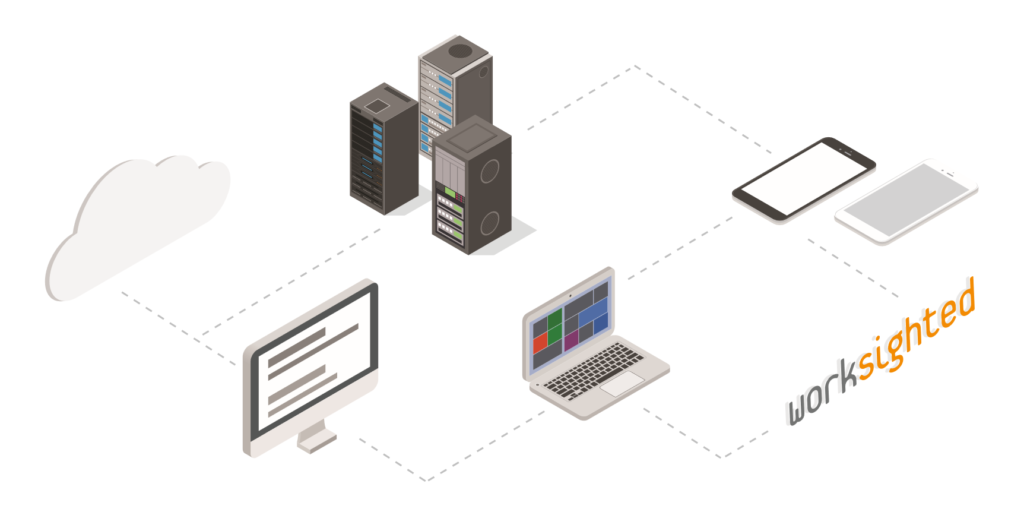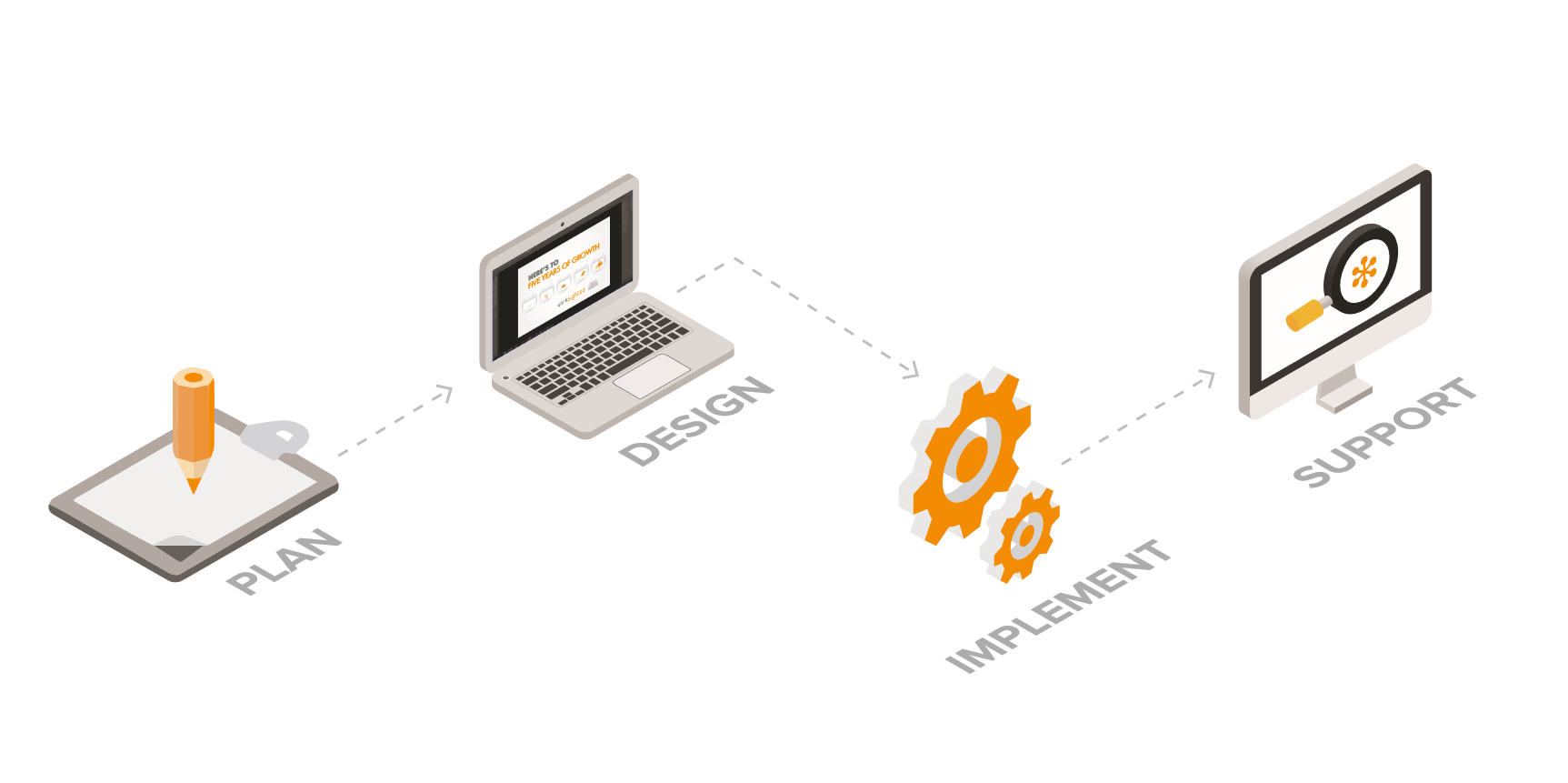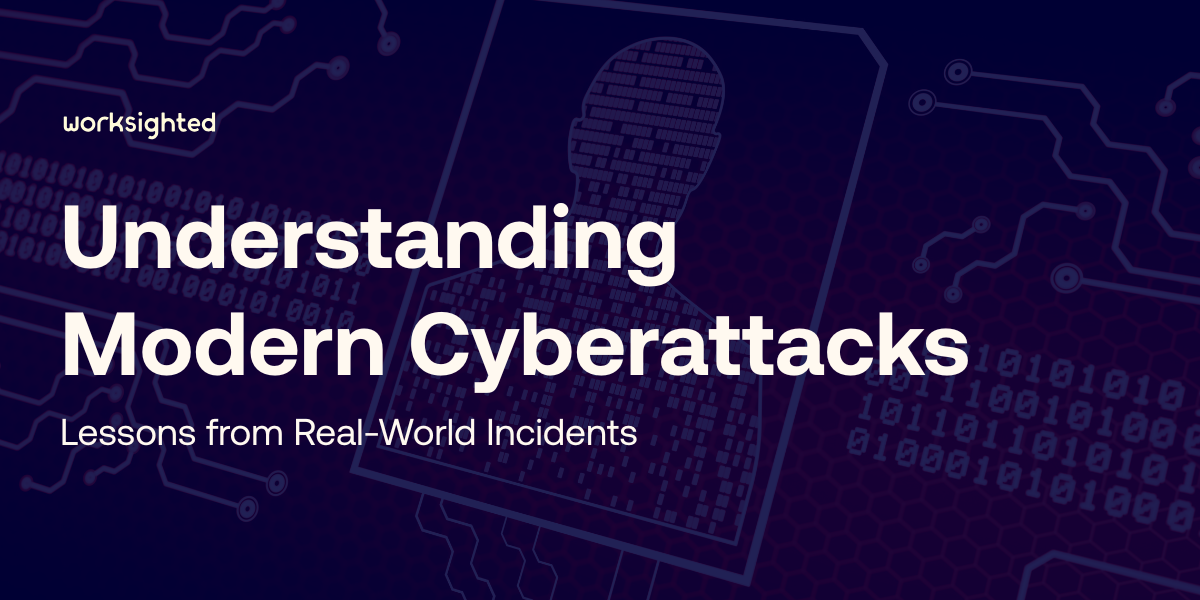Prepare for the worst…

Bad things happen to good organizations. Some businesses never recover from disasters whether they are natural or man-made. Here are ways to determine your weak points and how to avoid common pitfalls.
Assess your risk
Risk assessment shouldn’t be a one-person job. No single individual can have enough knowledge to assess the risks to every department, process, and work product. Disaster recovery risk assessment must be a team effort in which the managers and stakeholders from each work group assess the consequences to their group if various services and products become unavailable.
What can move?
When assessing your risk take a realistic look at your organization. Recognize which tasks you can move to other locations or accomplish with alternative procedures. A few questions you may ask yourself during times of high-risk are: Can your employees go to a different office? Are there facilities available that your business can rent on a short-term basis? Which processes can you outsource to a third party?
Communication
Few things are more important than communication from management to employees and among employees during a crisis.
A communication process should be in place before times of disaster. Your company should have a known and adhered-to system for communicating that clearly highlights: what is expected, what is known, and what is going on with the organization.
A process that isn’t practiced isn’t reliable; so, in business continuity, an unreliable process can be fatal to the organization and employees.
For those who want to build strong processes around business continuity and disaster recovery, do not fear. There is a template for a business continuity plan which includes: involving every business unit, ensuring that a communication process is in place, and that you practice the plan at least once a year. If you take these basic steps, your company can rest assured that they are prepared for the worst.
Questions about how you can protect your business? Let’s Chat.





